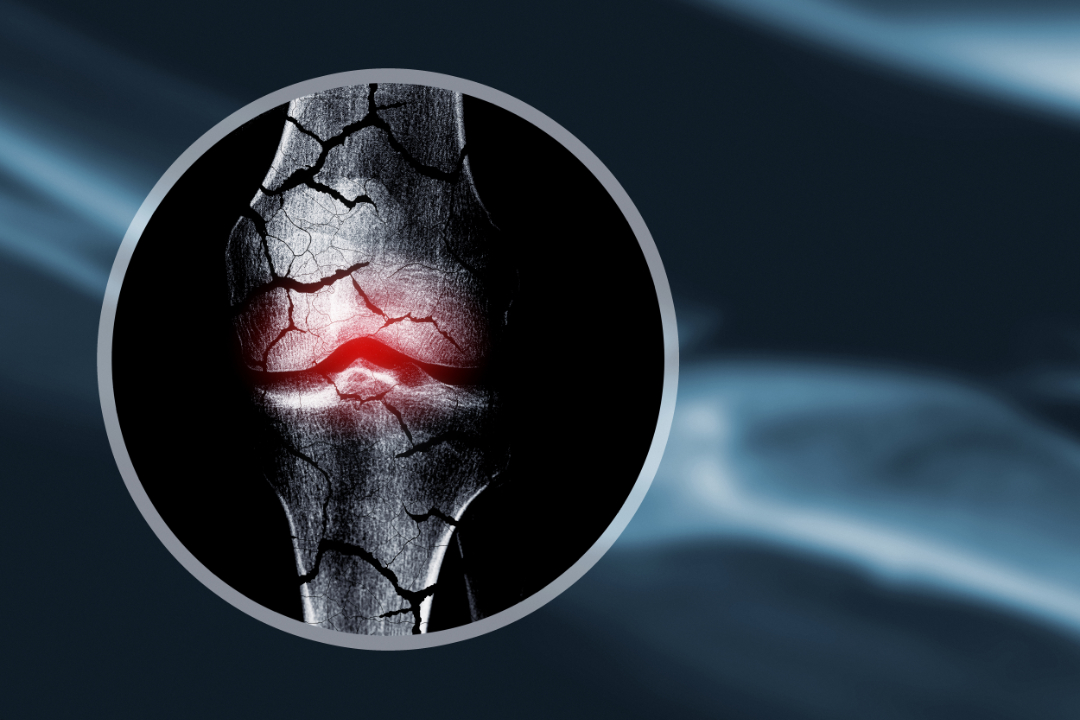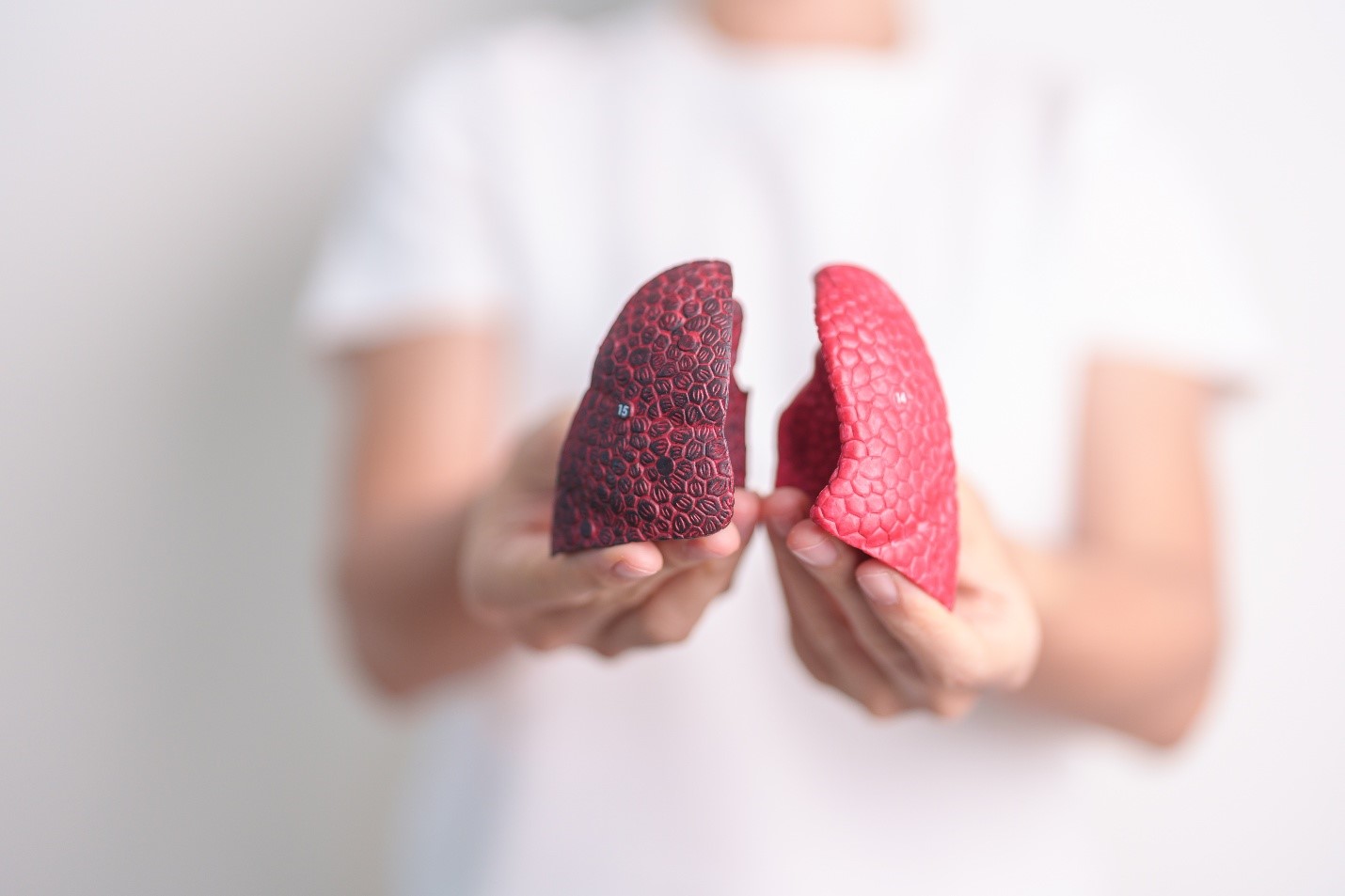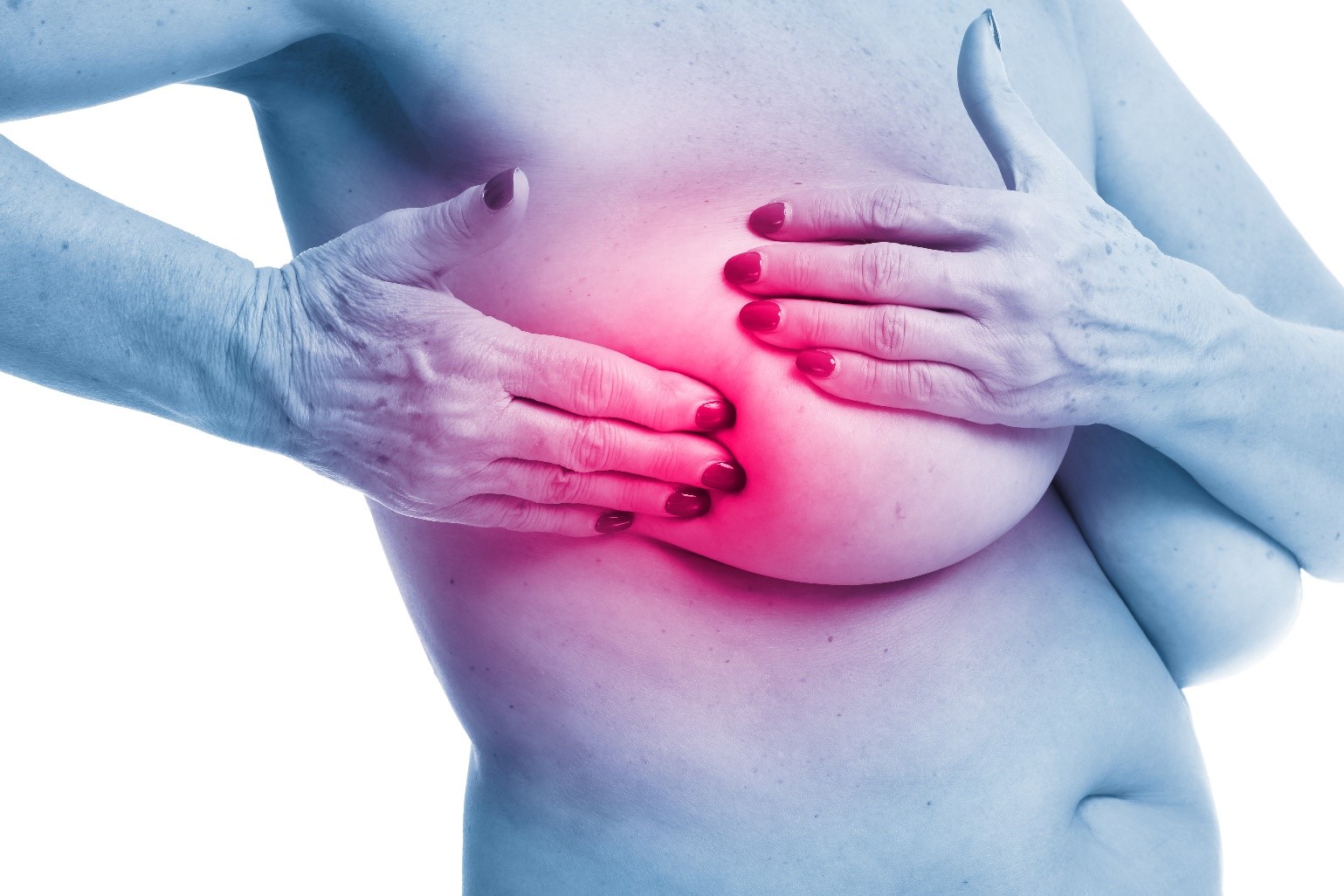
As we age, we gain experience, stories, and strength in many ways. But sometimes, our bones quietly lose strength without us even noticing. This condition is called osteoporosis—often referred to as the “silent disease” because it doesn’t usually show symptoms until a bone breaks.
A simple fall or even a cough can lead to serious fractures when bones are weakened by osteoporosis. But there’s good news: with early detection, it’s possible to prevent fractures and protect your independence. One of the best tools we have for this is the DEXA scan (short for dual-energy X-ray absorptiometry).
In this article, we’ll walk you through:
- What osteoporosis is
- Who’s at risk
- How a DEXA scan works
- And why getting tested can make a big difference in your health and quality of life
If you or someone you love is over 50 or has risk factors for bone loss, this information could be life-changing.
What Is Osteoporosis?
Osteoporosis is a condition that causes bones to become weak, thin, and fragile—so fragile that even a small bump, a fall, or a simple movement can lead to a painful fracture.
It happens when your body loses more bone than it builds, or doesn’t make enough new bone to keep up. Over time, bones become less dense, like a sponge instead of a solid structure.
Did you know?
Osteoporosis affects over 200 million people worldwide, including 1 in 3 women and 1 in 5 men over the age of 50.
Source: International Osteoporosis Foundation
The tricky part? You might not feel any symptoms. Bone loss happens slowly and quietly—many people don’t even know they have it until they break a bone, often in the hip, spine, or wrist.
That’s why early detection is so important. With the right screening and support, you can take steps to protect your bones and stay strong as you age.
Common Risk Factors for Osteoporosis
You may be at increased risk if you:
- Are female, especially postmenopausal
- Are over age 50
- Have a family history of osteoporosis or fractures
- Have low body weight or a small frame
- Smoke or drink excessive alcohol
- Live a sedentary lifestyle
- Take steroids or hormone-blocking medications long-term
- Have conditions like thyroid disorders, rheumatoid arthritis, or cancer
If any of these apply to you, it’s important to speak with your healthcare provider about bone density testing.
How Is Osteoporosis Diagnosed?
Enter the DEXA Scan
When it comes to protecting your bones, one of the most important and reliable tools is the DEXA scan—short for Dual-Energy X-ray Absorptiometry.
This scan is often called the gold standard for diagnosing osteoporosis. It’s quick, safe, and completely painless, and it tells your doctor how strong—or fragile—your bones are by measuring something called bone mineral density (BMD).
What to Expect
A DEXA scan usually takes just 15 to 30 minutes, involves very low radiation, and gives precise results. You simply lie on a table, relax, and let the scanner do the work. There’s no discomfort, no needles, and no downtime.
Why the DEXA Scan Matters
Getting a DEXA scan isn’t just about numbers on a report—it’s about understanding your bone health so you can take steps to stay strong and independent. Here’s what it can help with:
- Detects bone loss early—before a break or fracture happens
- Estimates your risk of having a fracture in the future
- Tracks changes in bone density over time
- Guides your treatment plan, including if and when medication is needed
Whether you’re checking in for peace of mind or because of certain risk factors, a DEXA scan can give you and your healthcare provider the information you need to protect your bones and your quality of life.
What Do Your DEXA Results Really Mean?
So, you’ve had your DEXA scan—now what? The results might seem like just numbers on a page, but they tell an important story about your bone health today and your risk for the future.
The key number to look at is your T-score. Think of it as a comparison between your bones and the bones of a strong, healthy young adult.
Here’s a simple way to understand it:
- T-score of -1.0 or above – Your bones are in the normal range. Great news!
- T-score between -1.0 and -2.5 – This means osteopenia, or low bone mass. Your bones aren’t quite as strong as they could be, but there’s still time to take action.
- T-score of -2.5 or lower – This indicates osteoporosis. Your bones are more fragile, and your risk for fractures is higher.
The lower your T-score, the weaker your bones are—and the more important it is to take steps to protect them.
What About the Z-Score?
In some cases, especially for younger adults or those with unusual bone loss, your doctor may also look at your Z-score. This compares your bone density to what’s typical for someone your age, sex, and body size. A very low Z-score may suggest there’s another health issue contributing to your bone loss.
You’re Not Alone in This
Bone loss can feel overwhelming—but the good news is that you’re not powerless. These scores aren’t a life sentence; they’re a starting point. Your doctor will work with you to create a plan that may include nutrition, lifestyle changes, supplements, or medications to help you rebuild and protect your bones.
Remember: Your DEXA results are not just numbers—they’re insight into your body’s foundation, and knowing them gives you the power to protect it.
Who Should Get a DEXA Scan?
According to the U.S. Preventive Services Task Force and the National Osteoporosis Foundation, you should consider a DEXA scan if:
- You’re a woman aged 65+ or a man aged 70+
- You’re a postmenopausal woman under 65 with risk factors
- You’ve had a fracture after age 50
- You’ve taken steroids or other medications that affect bone health
- You have conditions like cancer, thyroid disease, or autoimmune disorders
Learn more at www.nof.org
Can Osteoporosis Be Treated?
Yes—osteoporosis is treatable, especially when caught early. Treatment may include:
- Calcium and vitamin D supplements
- Weight-bearing exercises
- Bone-strengthening medications (e.g., bisphosphonates)
- Lifestyle changes: quitting smoking, limiting alcohol, and fall-proofing your home
But the first step to treatment is early detection—which is where the DEXA scan comes in.
Real Stories: Why Early Screening Matters
Many patients only discover they have osteoporosis after a serious fracture—something that could have been prevented with early screening. Imagine being able to protect your spine or hips before an accident happens. That’s the power of a DEXA scan.
For older adults, especially women, getting a bone density test can be life-changing. It’s not just about preventing pain—it’s about preserving independence and mobility.
Schedule Your DEXA Scan in Jacksonville
Your bone health matters—and taking action today can make a big difference tomorrow. At Monument Imaging & Diagnostic Center, we’re here to support you with compassionate care and accurate, timely testing.
Whether you’re monitoring changes in bone density or checking for signs of osteoporosis, our team is ready to guide you through the process with comfort, clarity, and respect.
📍 Monument Imaging & Diagnostic Center
1201 Monument Rd STE 101, Jacksonville, FL 32225🌐https://monumentimaging.com/index.php/appointment/
📞 Call us today at 904-855-0700 to schedule your DEXA scan or speak with a friendly member of our staff. We’re here to help—every step of the way.
Final Thoughts: Don’t Wait for a Fracture
Osteoporosis can steal your strength silently—but you don’t have to let it. A DEXA scan is your best defense against the hidden dangers of brittle bones.
If you or someone you love is over 50, has risk factors, or has experienced fractures, talk to your doctor today about scheduling a DEXA scan. Your future self will thank you.
Helpful Resources


